This article explores the cutting-edge cinematic technologies of RealD 3D and digital projection at AMC theaters. This article helps you understand each issue in detail of each format, dissecting their unique characteristics, benefits, and the overall impact they have on the cinematic experience.

Main aspects of AMC and IMAX 3D technologies
AMC Theatres have consistently enhanced the movie-going experience by featuring IMAX 3D technology, allowing audiences to dive into a film with the sensation of being part of the action. When you watch a movie in IMAX 3D, you’re not just watching; you’re experiencing the adventure as if you’re actually there.

The IMAX 3D experience is designed to make every scene more lifelike, with details so rich and landscapes so vast, it feels like a new world. The clarity and depth provided by IMAX 3D at AMC Theatres are unmatched, thanks to the specially designed IMAX 3D cameras that capture larger-than-life images.
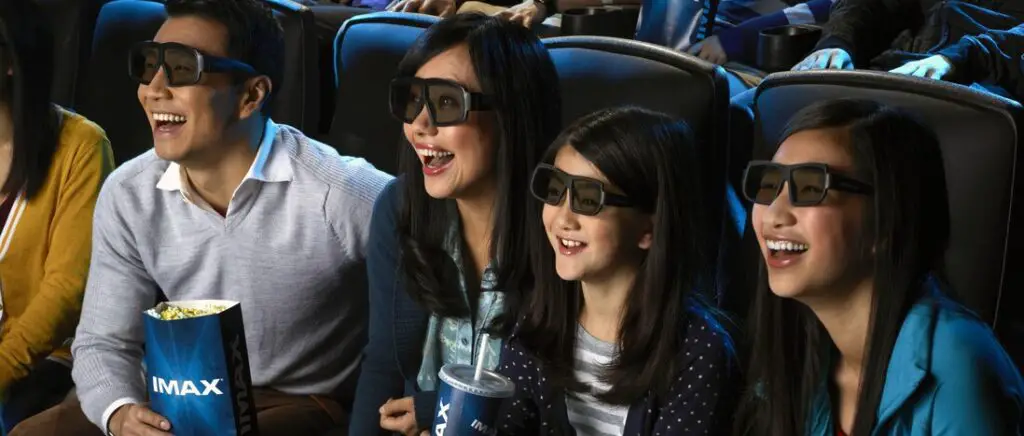
Movies in IMAX 3D are not just films; they’re larger-than-life experiences that extend beyond the edges of your vision. Each IMAX 3D film is a journey, with the screen encompassing your entire field of view, creating an unparalleled sense of immersion.

The IMAX 3D visuals are backed by a powerful sound system that envelops the audience, making every moment in IMAX 3D. The IMAX 3D glasses add to this immersive experience by providing a comfortable fit, ensuring that nothing distracts you from the IMAX 3D spectacle.

AMC’s implementation of IMAX 3D represents the pinnacle of cinematic technology. The IMAX 3D experience at AMC is not just about the films; it’s about the memories that last long after the credits roll.

Every IMAX 3D presentation is an opportunity to step into a world where the story is not just told but is also felt, thanks to the IMAX 3D dimensionality. With IMAX 3D, the action isn’t just in front of you; it’s all around you, inviting you into a fully realized universe.

IMAX 3D at AMC is where stories live and breathe, making every IMAX 3D session a narrative adventure. As you leave the theater after an IMAX 3D film, the experience stays with you, the echoes of the IMAX 3D world lingering in your mind. That’s the magic of IMAX 3D at AMC – it’s not just a movie.
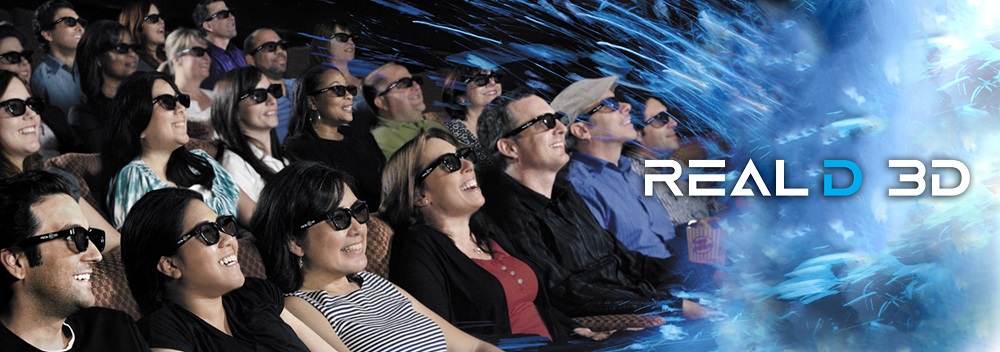
In the RealD 3D of cinematic experiences, AMC has transitioned from regular film projectors to film less digital projectors, showcasing the same movie in both traditional and modern formats.
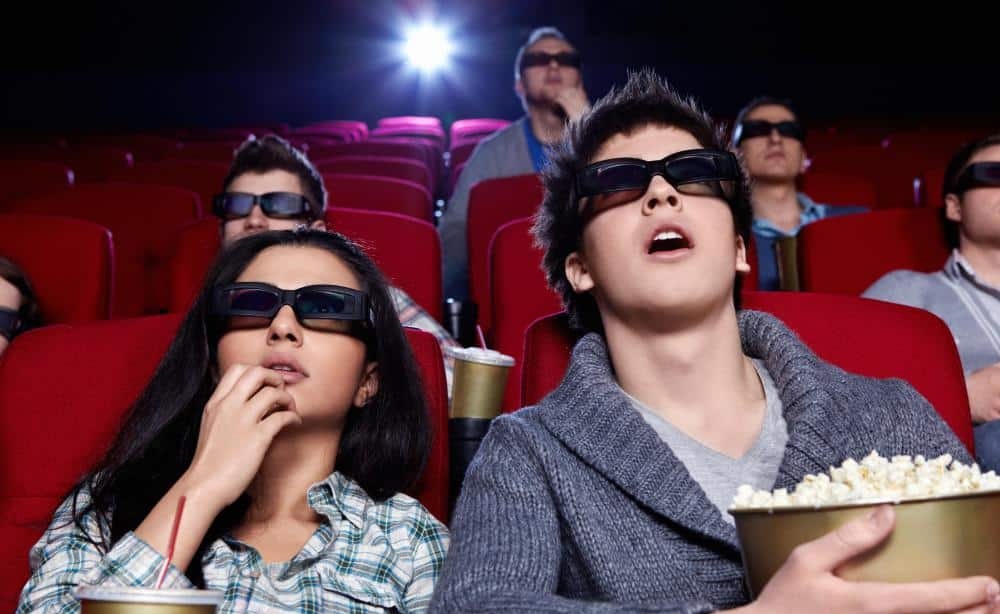
Cinemas recently have seen a significant shift towards digital, but the charm of IMAX 3D theatres remains, with many moviegoers preferring the immersive experience of an IMAX auditorium.
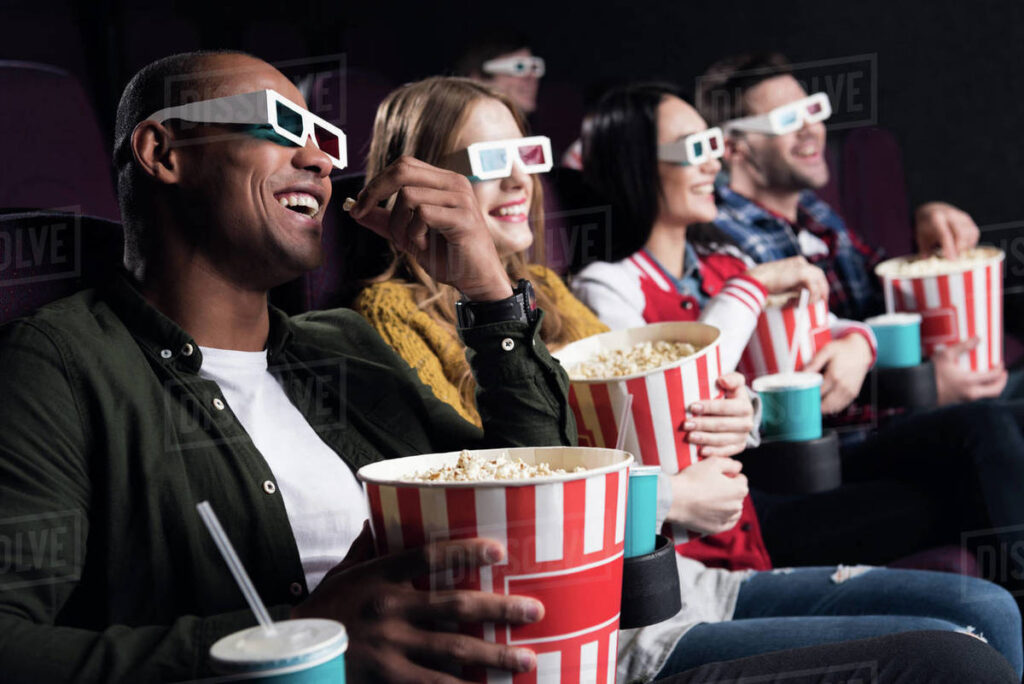
While the average movie theater offers digital clarity, IMAX movies are often the highlight, presented on expansive IMAX screens that are a staple of IMAX cinema auditoriums.

RealD 3D, offered in two variations within AMC venues, provides a different take on the visual experience when compared to the spectacle of IMAX 3D, which boasts a three-dimensional depth unmatched by traditional screens.
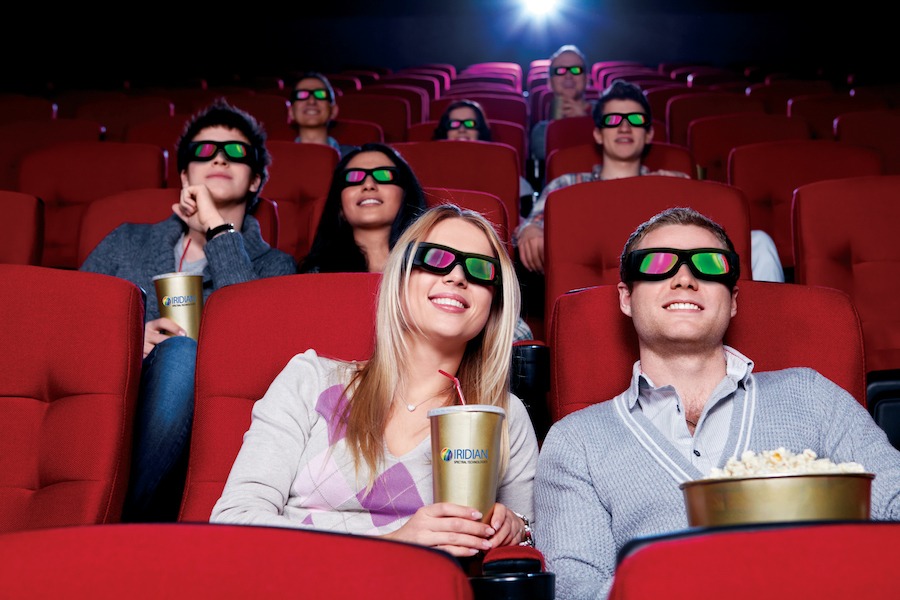
The sweeping landscapes and explosive action sequences in IMAX 3D bring fantasy worlds to life, providing an escapism that’s as vast as the visuals. Audiences can explore the depths of the ocean or the far reaches of space with an unparalleled sense of presence, only possible in IMAX 3D.
AMC cinema in IMAX theatres
AMC Theatres has been at the forefront of cinematic technology evolution, transitioning from traditional film to advanced digital projection systems. The introduction of IMAX screens in AMC movies marked a significant milestone, offering an unparalleled viewing experience with larger screens and enhanced visual clarity.

The impact of these advancements is especially evident in the rising number of IMAX auditoriums across the globe, where movie-goers can enjoy a more lifelike and immersive viewing experience.
Comparing screen sizes
Let’s make a comparative analysis of IMAX and standard digital screens according to the size criterion.
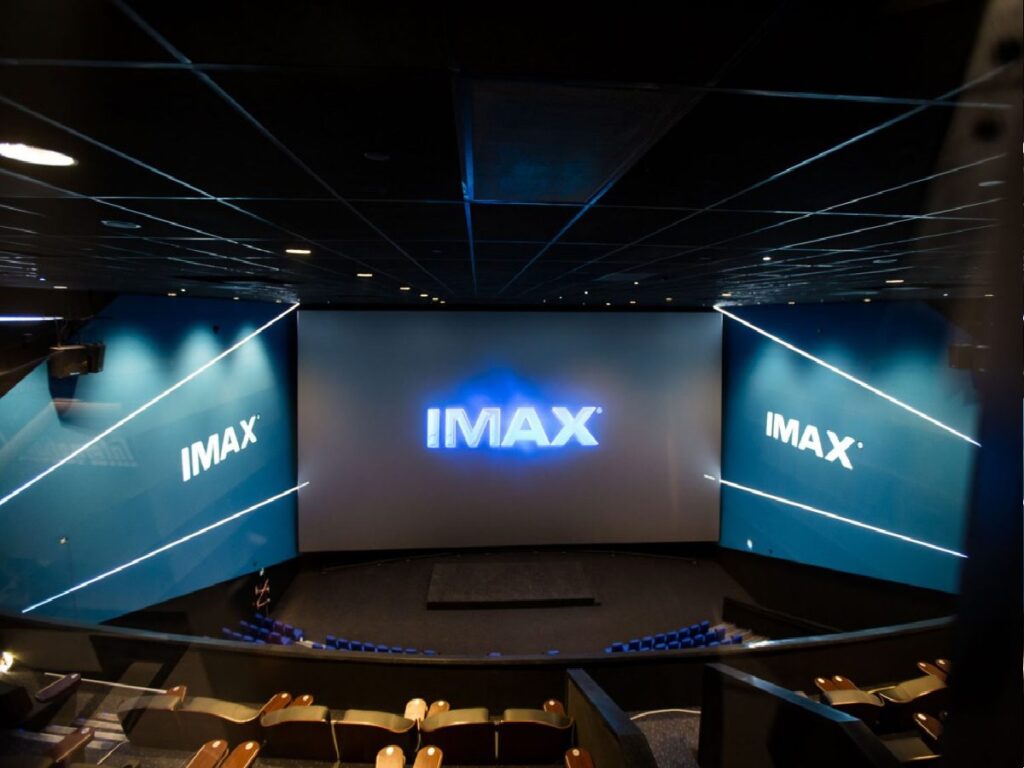
IMAX screens sizes
The difference in screen size between IMAX and standard digital screens in theaters is stark. IMAX screens are much larger, providing a more enveloping viewing experience.

This larger screen size enhances the visual impact of movies, especially those shot with IMAX 3D cameras, offering viewers a slightly different image that is more immersive and detailed.
Standard digital screens sizes
In contrast, standard digital screens, while still providing high-quality visuals, offer a more traditional movie-going experience.
Comparing visual quality
Both formats offer their own unique advantages. Picture quality varies across RealD 3D, IMAX Digital 3D, and standard digital formats.
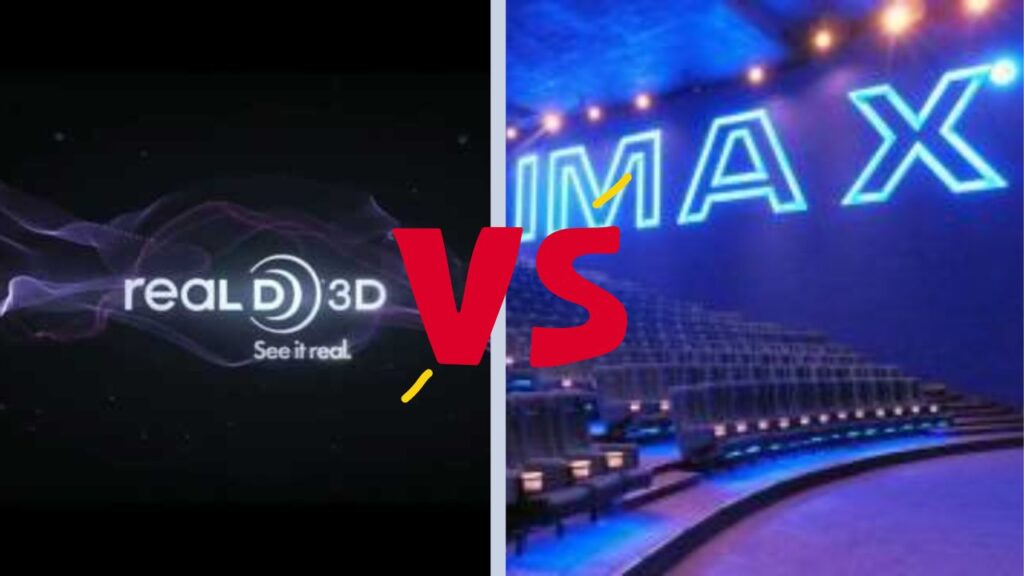
Quality of picture realD 3D
When comparing the quality of RealD 3D and IMAX 3D, we can see RealD 3D excels in creating depth and immersion, making it ideal for movies that benefit from a three-dimensional perspective. RealD 3D excels in creating depth and immersion but can sometimes sacrifice brightness.
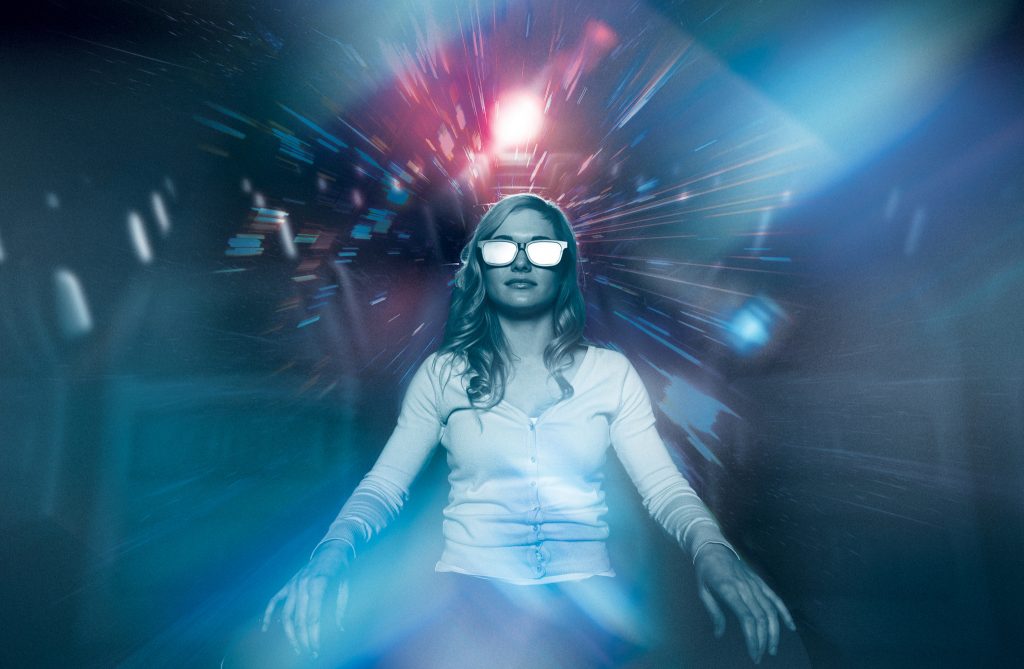
Quality of picture IMAX digital 3D
IMAX Digital 3D, on the other hand, offers a larger screen size and enhanced image quality, making it better suited for visually spectacular films. IMAX Digital 3D offers both a larger screen and higher resolution, resulting in a more detailed and impactful visual experience.
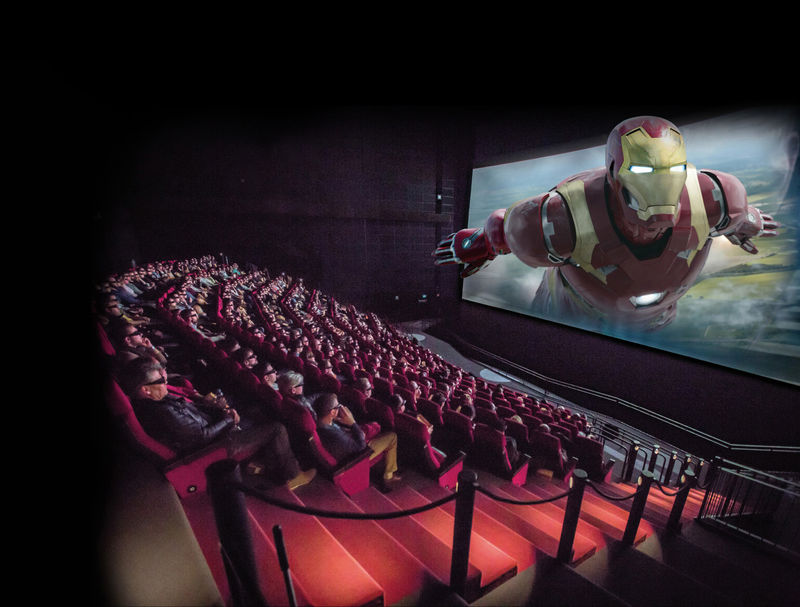
Standard digital, while not offering the depth of 3D or the grandeur of IMAX, provides a high-quality, consistent picture that is versatile across various film genres.
The choice between these formats often depends on the content of the film and the viewer’s preference for immersion, detail, or traditional viewing.
Comparing the image brightness
When comparing image brightness between RealD 3D and digital projections, there are notable differences.

Image brightness in realD 3D
RealD 3D, due to its polarization process, can sometimes result in a slightly dimmer image compared to standard digital projection.

Image brightness in digital
Digital projections, without the need for polarization, can project brighter images. This difference can impact the viewing experience, particularly in scenes that are inherently dark or have intricate visual details. However, advancements in projection technology and screen materials continue to minimize these differences.
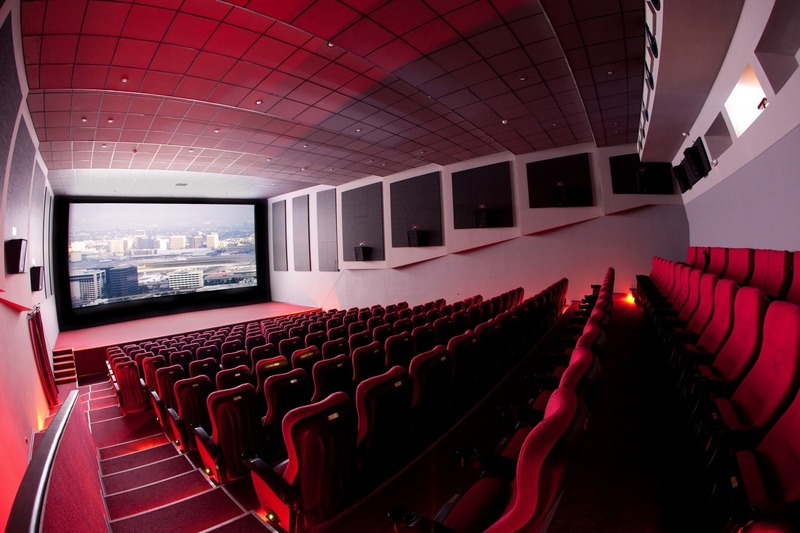
Comparing feature movies
Feature movies in IMAX and RealD 3D undergo specific adaptations to maximize the potential of each format.

Feature movies in IMAX
For IMAX, this often involves using IMAX cameras during filming to capture higher-resolution images suitable for the larger screen size of IMAX 3D theaters.

Feature movies in realD 3D
RealD 3D adaptations focus on enhancing depth perception and creating a more immersive experience. Both formats require careful consideration of visual effects and cinematography to ensure that the film’s visual integrity is maintained while enhancing the audience’s immersive experience.

Comparing audience perspectives
From the audience’s perspective, the theatrical experience varies significantly across different formats.

Audience perspective in IMAX
IMAX 3D offers a larger-than-life experience with its massive screens and high-quality sound, creating a highly immersive environment.

Audience perspective in RealD 3D
RealD 3D provides depth and realism, making viewers feel like they are part of the scene. Standard digital, while lacking the depth of IMAX 3D, offers a clear and consistent image quality that is suitable for a wide range of films. Each format (IMAX 3D and RealD 3D) offers a unique viewing experience, catering to different preferences and movie genres.
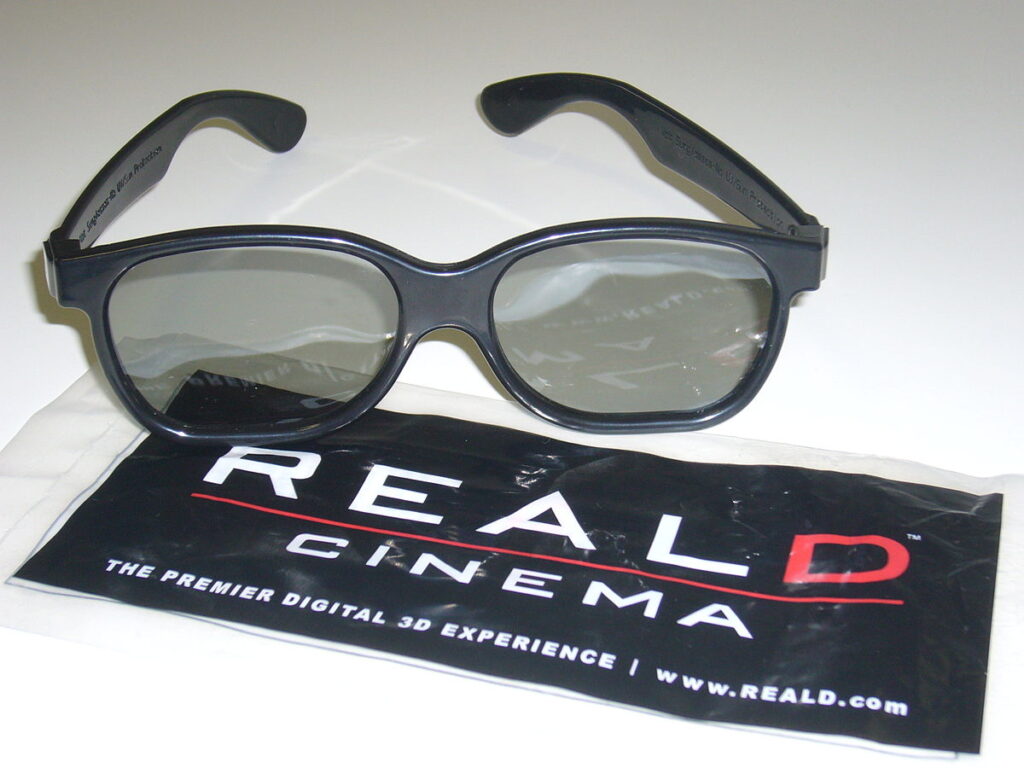
Watching movies in an IMAX theater provides an unparalleled cinematic experience, thanks to its state-of-the-art sound system and massive, curved screen that immerses viewers right into the heart of the action.
Summary
The latest animated films in RealD 3D and IMAX Digital 3D showcase the pinnacle of modern animation technology. RealD 3D enhances these films with its depth and immersive experience, making animated characters and environments feel more lifelike.

IMAX Digital 3D takes it further with larger screens and higher resolution, bringing out minute details and vibrant colors in animated films.
The choice between these two formats often depends on how the viewer wants to experience the animated world – whether in a more immersive, depth-oriented setting (RealD 3D) or through larger-than-life, detailed imagery (IMAX Digital 3D).
Understanding realD 3D in AMC
RealD 3D technology in AMC cinema represents a significant leap in cinematic experience. Using the passive circular polarizing technique, RealD 3D creates an illusion of depth, providing a more immersive experience than traditional 2D films.
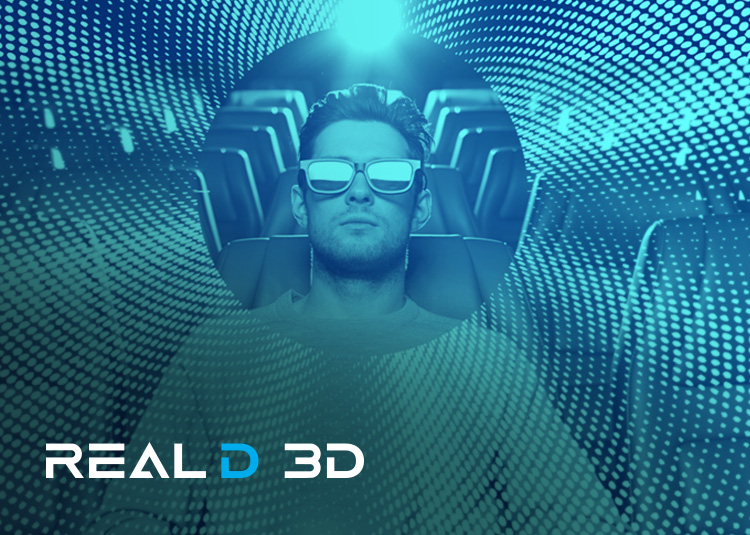
This technology has become a staple in AMC cinemas and most movie theaters, offering theater audiences a new way to experience films. RealD 3D’s ability to bring movies to life with stunning depth and realism has made it a popular choice among movie-goers, particularly for feature films and the latest films.
AMC’s shift to digital projection has been a game-changer in the cinema industry. Digital projection offers a brighter image and more consistent picture quality compared to traditional film projection.
The digital format allows for a greater range of movies to be shown, from classic re-releases to the latest blockbusters. This transition signifies a major technological advancement in theaters, providing viewers with a more vibrant and clearer cinematic experience.
IMAX cameras: the next level of cinematic experience
IMAX 3D in AMC takes the cinematic experience to a whole new level. The massive IMAX screen format, combined with cutting-edge IMAX 3D technology, immerses viewers in the movie like never before.

The screen size, significantly larger than standard cinema screens, along with the enhanced visual and audio quality, makes IMAX 3D a preferred choice for many movie enthusiasts. IMAX 3D’s distinct presentation style, using IMAX 3D cameras and digital technology, offers a uniquely captivating and lifelike viewing experience
The use of IMAX cameras in movie production plays a pivotal role in enhancing the cinematic experience. Movies shot with these cameras are specifically designed for the larger IMAX 3D screen, offering a higher resolution and a more detailed visual experience.
This technology captures a larger field of view, making it ideal for feature films and immersive storytelling. When these films are projected onto an IMAX screen, the difference in quality is noticeable, providing viewers with a more engaging and realistic experience.
The transition from the iconic IMAX dome to modern IMAX auditoriums represents a significant shift in IMAX’s presentation approach. The dome-shaped screen offered a unique, all-encompassing viewing experience but was limited in terms of the variety of films it could show.
The advent of IMAX digital auditoriums has expanded the range of cinematic possibilities, allowing a broader array of films to be shown, including the latest animated films and blockbuster hits.
IMAX film and digital formats each offer distinct advantages. IMAX film provides an unparalleled resolution and image quality, particularly noticeable in IMAX theaters.
However, the IMAX digital 3D, prominent in many IMAX theaters, offers greater flexibility in movie selection and easier distribution.
The transition to digital has allowed IMAX to expand its reach, making high-quality cinematic experiences more accessible to theater audiences.
New technologies in RealD 3D and digital formats
In RealD cinemas, the viewing experience is markedly different from traditional movie watching. The use of passive technique allows for a more immersive and depth-enhanced experience.

This technology splits the light into two images that are projected onto a silver screen.
The silver screen is crucial as it maintains the polarization of light, ensuring that each eye receives a different image.
This results in a three-dimensional effect that adds depth and realism to the film, making the viewer feel as if they are part of the movie.
The clarity and depth perception offered in cinemas is especially noticeable in scenes with significant depth of field or fast-moving action.
Passive circular polarizing techniques
This technique used in RealD 3D involves projecting two images onto the screen, each polarized differently. The RealD 3D glasses have polarized lenses that synchronize with these images, ensuring that each eye sees only one of the images.

This creates a stereoscopic effect, giving the illusion of depth. One of the main advantages of this technique is the reduction of eye strain compared to older 3D methods, as the polarization process is more natural to the human eye.
Linear polarizing technology, used in some digital cinema formats, functions differently from the circular polarizing technique of RealD 3D. It also uses polarization to create a 3D effect, but the polarization is linear instead of circular.
This means that the orientation of the linear polarized glasses is crucial for the correct viewing experience.
While effective, this technology can be sensitive to head tilting and may not be as forgiving as circular polarization in maintaining the 3D effect.
This comparison highlights the advanced nature of RealD 3D’s polarizing technique in providing a consistent and immersive experience.
The role of silver screens
Silver screens play a vital role in 3D cinemas, especially in RealD 3D and IMAX Digital 3D. These screens are coated with a metallic compound that helps maintain the polarization of light necessary for IMAX 3D effects.

The reflective nature of silver screens also contributes to brighter and more vibrant images, which is crucial for compensating for any light loss due to polarization in IMAX 3D films. This results in enhanced visual quality and a more immersive viewing experience.
The future of movie theaters: trends in technology and viewing preferences
The future of theaters is likely to be shaped by ongoing advancements in technology and changing viewer preferences.
The evolution of IMAX 3D and digital formats will continue, with innovations aimed at enhancing picture quality, reducing costs, and improving the viewer experience.

Technologies like virtual reality (VR) and augmented reality (AR) may also start to play a role, offering even more immersive and interactive experiences.
Movie theaters will need to adapt to these changes to provide audiences with compelling reasons to continue visiting theaters in an increasingly digital entertainment landscape.
AMC Theatres has been a key player in shaping modern movie-going experiences. By adopting and promoting advanced cinema technologies like RealD 3D and IMAX digital, AMC has set a high standard for cinematic presentation.
Their investment in state-of-the-art technology and commitment to providing diverse viewing options highlights AMC’s role as an innovator in the movie industry.

As technology evolves, AMC’s approach to integrating the latest advancements will continue to influence how people experience movies and shape the future of cinema.
AMC’s foray into natively digital projection systems has redefined the cinematic landscape, offering a crisp visual experience that rivals even the immersive Omnimax theaters. Patrons can enjoy the latest blockbusters in IMAX 3D, which necessitates the use of relatively lightweight eyewear to deliver its signature depth and immersion.
Furthermore, Shaw Theaters has also embraced these advancements, integrating IMAX 3D technology to provide movie enthusiasts with unparalleled visual spectacles.
In the ongoing debate between AMC Real 3D and digital, horror flicks on RealD systems often boast believable surround sound effects that turn a simple movie night into a spine-chilling experience. Unlike RealD, which uses dual projectors to create a visibly sharper image, the average cinema format typically results in a visibly brighter image. This prevalent technology ensures that every scare in a horror movie is as clear as it is terrifying.
The battle of visual and auditory experiences in AMC’s Real 3D vs. digital formats often boils down to a few possible reasons. While RealD format uses correspondingly large projection equipment to accommodate standard-sized screens, digital formats in AMC theaters typically harness Full HD projection to ensure a crystal-clear image.
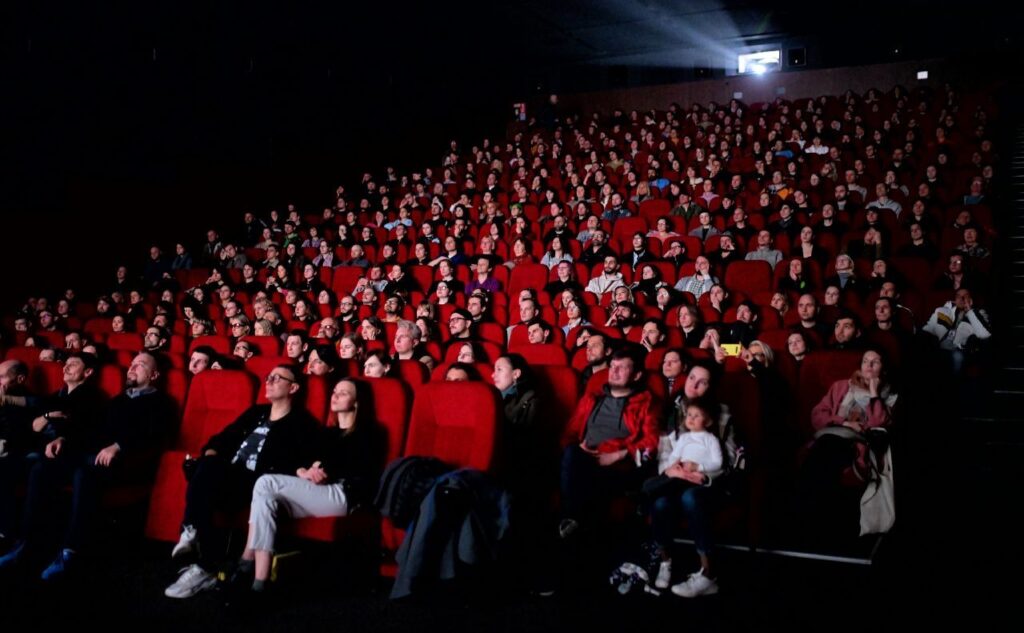
Even as both formats use similarly high-resolution cameras during production, Full HD projection is designed to match the standard set by Full HD televisions in homes. Moreover, many AMC movie theaters complement the visual fidelity with Dolby Atmos setups, enveloping audiences in a sound field as detailed as the on-screen action.
AMC’s IMAX 3D and RealD theaters, both known for their immersive experiences, have other notable differences that set them apart. IMAX 3D uses two projectors that cast images on generally larger screen, often curved screens, to create an enveloping environment, while RealD uses circular polarizing technology with polarizing filters for a single projector setup.

This IMAX system aims to deliver twice the resolution of its analog predecessors, reducing image noise and providing clarity that has been the hallmark of the American company founded on high-definition and immersive experiences.
RealD, while newer than the analog format, uses passive polarizing technology to achieve depth without the need for complex projection systems. The Lido Cineplex is one such venue where audiences can appreciate the difference in quality, with IMAX’s six-channel sound system augmenting the visual splendor of IMAX 3D and RealD movies.

The cinematic rivalry continues as IMAX 3D and RealD compete to provide the most captivating movie experiences, with IMAX’s towering screens and RealD’s cutting-edge 3D technology each drawing crowds. Patrons of AMC often debate their preference, with some favoring the breathtaking scope of IMAX theaters and others swearing by the depth and precision of RealD presentations.
Addition
Firstly, a key feature of RealD 3D is its use of stereoscopic technology, which creates an illusion of depth, offering a more immersive viewing experience. This is achieved through special glasses that allow each eye to see a slightly different image, creating a 3D effect.

Secondly, the image quality in RealD 3D is often superior to that of standard digital projection. However, some viewers might find that 3D movies appear darker than their 2D counterparts due to the glasses and the technology used. Additionally, the clarity and brightness of the image can be a significant factor in favor of RealD 3D, making the visuals more engaging.
Another important consideration is the cost. Tickets for RealD 3D movies are typically more expensive than for standard digital projections. This is because of the additional equipment and technology required for 3D viewing. The extra cost might be a determining factor for some moviegoers, especially those who frequent cinemas.
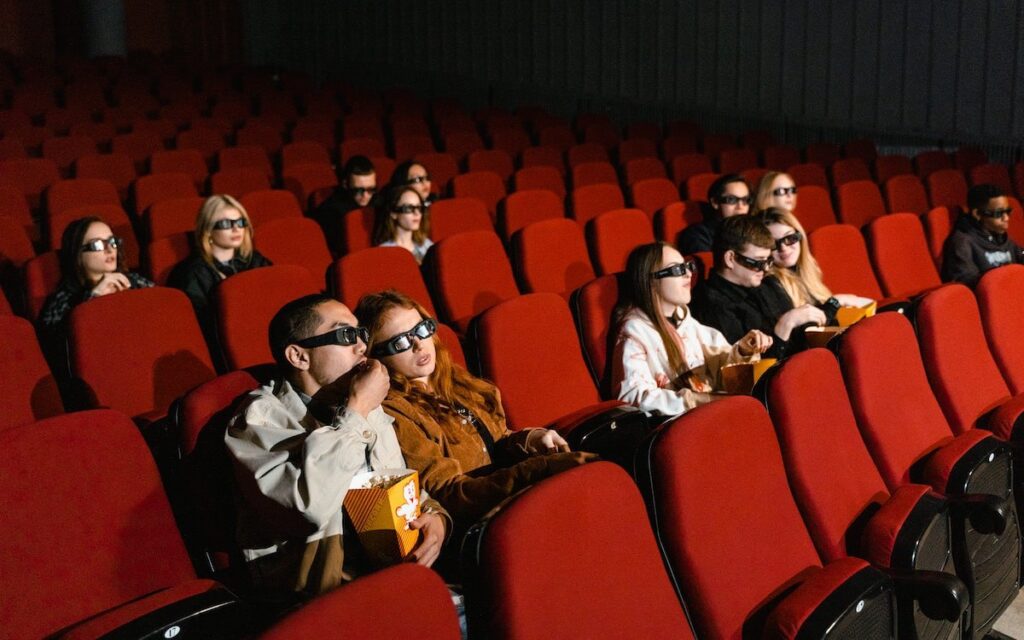
Viewer comfort is also a notable factor. Some viewers might find 3D movies less comfortable due to the need to wear glasses and the potential for eye strain, headaches, or motion sickness. This aspect is subjective and varies from person to person.
FAQ
Which is better RealD 3D or digital?
The choice between RealD 3D and digital projection depends on the type of movie and the viewer’s preference. RealD 3D offers an immersive experience with depth, ideal for action-packed and visually stunning films. Digital projection, while not 3D, offers a brighter image and higher consistency in picture quality, suitable for a wide range of movies.
What does real 3D mean at AMC?
Real 3D at AMC refers to a movie projection technology that uses passive circular polarizing techniques to create a three-dimensional effect. This technology enhances the depth and realism of the movie, providing a more immersive viewing experience.
Do you need to wear glasses for RealD 3D?
Yes, viewers need to wear special glasses for RealD 3D movies. These glasses help create the illusion of depth by filtering the images on the screen in a way that each eye sees a slightly different perspective, resulting in a 3D effect.
Can you watch a real 3D movie without glasses?
No, watching a RealD 3D movie without special glasses will result in a blurred and double image. The glasses are essential for filtering the images correctly to create the 3D effect.
Conclusion
AMC RealD 3D offers a more immersive and potentially visually striking experience at a higher cost and with some potential discomfort for certain viewers. Standard digital projections, on the other hand, offer a more traditional and often more comfortable viewing experience. The best choice depends on personal preferences, the specific movie, and considerations of cost and comfort.
